Child Eczema Symptom Checker
Check for Common Eczema Symptoms
Answer the following questions to assess if your child may have eczema:
Common Eczema Triggers to Watch For:
Spotting child eczema symptoms early can save a family a lot of sleepless nights and endless doctor trips. Eczema in kids isn’t just a cute little rash - it can affect mood, sleep, and confidence. This guide walks you through what to look for, why it happens, and how to keep the flare‑ups under control without turning your home into a pharmacy.
Quick Summary
- Red, itchy patches on the face, elbows, knees, or hands are the most common signs.
- Genetics, allergens, and a weakened skin barrier are the main culprits.
- Moisturizing daily and using prescription‑strength creams are the backbone of treatment.
- Identify triggers - like harsh soaps or certain foods - to prevent flare‑ups.
- See a pediatric dermatologist if the rash spreads rapidly or doesn’t improve in two weeks.
Recognizing Symptoms in Kids
When Eczema is described for children, it’s often called atopic dermatitis. The condition usually shows up before age two, but older kids can develop it too. Look for these tell‑tale signs:
- Itchiness: The itch can be relentless, especially at night, leading to scratched skin and possible infection.
- Location: Common spots include the cheeks, scalp, elbows, knees, and the backs of hands.
- Texture: Dry, scaly patches that become red and inflamed when scratched.
- Flare‑ups: Periods of calm followed by sudden outbreaks, often linked to temperature changes or stress.
Parents often notice that the itch worsens after a hot shower or when the child’s skin is exposed to wind. If you see any oozing, crusting, or a foul smell, a secondary infection may have set in and needs prompt medical attention.
What Triggers the Itch? Common Causes
Understanding the root causes helps you cut them out of the daily routine. The biggest drivers are:
- Allergens such as pollen, pet dander, or dust mites can trigger immune reactions that worsen eczema.
- Food allergies, especially to eggs, milk, soy, or peanuts, are linked to flare‑ups in about 30% of children with eczema.
- Skin barrier dysfunction - when the outer layer of skin can’t retain moisture, irritants slip in more easily.
- Environmental factors like low humidity, harsh soaps, or synthetic fabrics.
- Stress - emotional upset can release hormones that aggravate the itch.
Genetics also play a role; if a parent or sibling has eczema, asthma, or hay fever, the child’s risk is higher. The key is to keep a simple diary for a couple of weeks, noting foods, activities, and any flare‑ups. Patterns emerge quickly.
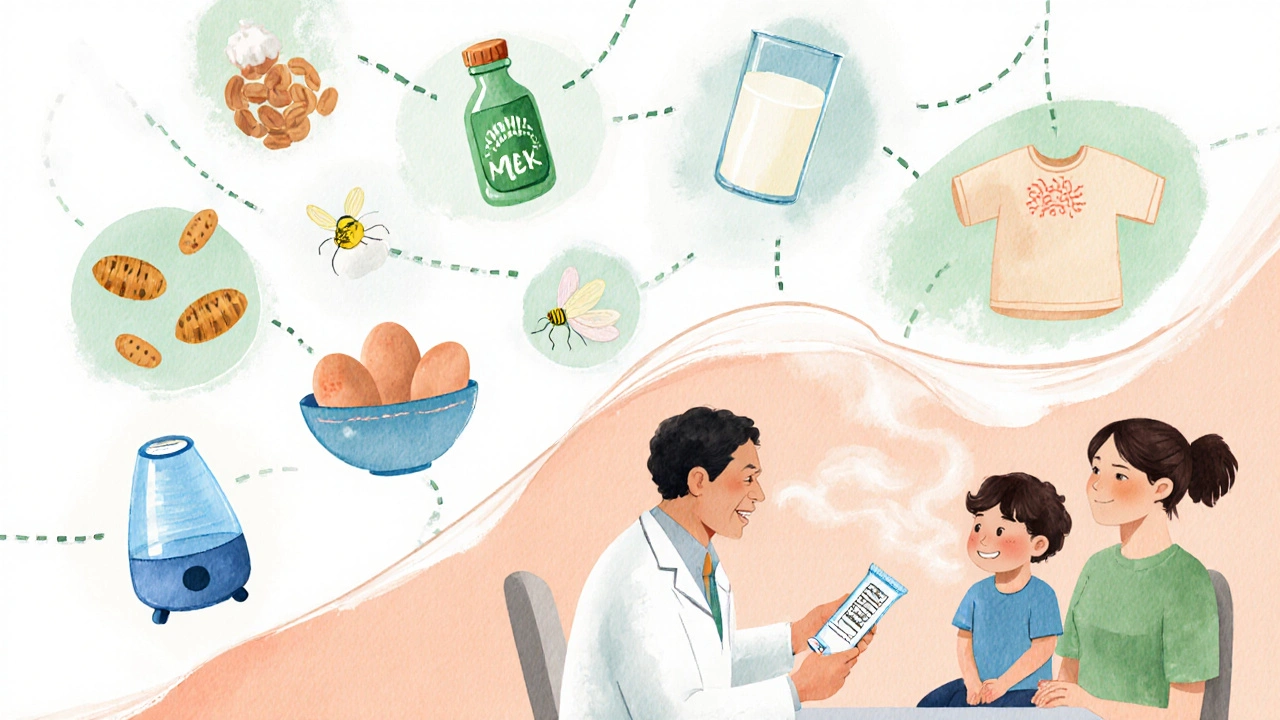
Treatment Options Explained
There’s no one‑size‑fits‑all cure, but a step‑wise approach usually does the trick. Below is a quick comparison of the most common options.
| Option | Typical Use | Strength / Form | Pros | Cons |
|---|---|---|---|---|
| Moisturizer | Daily barrier repair | Cream, ointment, or lotion | Improves skin hydration, inexpensive | Must be applied 2‑3 times daily |
| Topical Corticosteroids | Acute flare control | Low‑ to medium‑potency creams | Rapid itch relief, widely available | Potential skin thinning with prolonged use |
| Calcineurin Inhibitors | Sensitive areas (face, folds) | Ointment (e.g., tacrolimus) | No skin atrophy, good for long‑term | Costlier, possible burning sensation |
| Phototherapy | Severe, refractory cases | UVB light sessions | Can reduce steroid dependence | Requires clinic visits, rare side‑effects |
| Biologic Therapy | Moderate‑to‑severe eczema unresponsive to other meds | Injectable (e.g., dupilumab) | Targets underlying immune pathways | High cost, specialist monitoring needed |
For most families, the regimen starts with a gentle, fragrance‑free Moisturizer applied right after bathing. If the rash flares, a low‑potency Topical Corticosteroid for a few days usually calms it. When the skin on the face or neck is involved, doctors often prefer Calcineurin Inhibitors to avoid steroid‑induced thinning.
Advanced options like phototherapy or biologics are reserved for kids who have tried everything else without success. These treatments require a pediatric dermatologist’s supervision and regular lab checks.
Day‑to‑Day Management Tips
Even the best medical plan needs solid home care. Here are practical habits that make a real difference:
- Bath wisely: Use lukewarm water, keep baths under 10 minutes, and add a teaspoon of colloidal oatmeal or a mild cleanser. Pat skin dry; don’t rub.
- Seal in moisture: Apply a thick layer of fragrance‑free moisturizer within three minutes of getting out of the bath. This “lock‑in” step is the single most effective move.
- Choose clothing carefully: Cotton or soft bamboo fabrics are best. Avoid wool and synthetic blends that trap heat.
- Trim nails short: Short nails reduce skin damage from scratching. Consider cotton mittens for toddlers at night.
- Control the environment: Use a humidifier in winter (aim for 40‑50% humidity) and keep the home dust‑free with HEPA filters.
- Identify food triggers: If you suspect a particular food, try an elimination diet under a dietitian’s guidance for 4‑6 weeks.
- Stress management: Simple breathing exercises or short play breaks can lower cortisol levels that fuel itching.
Remember that consistency beats intensity. A few minutes of moisturizing three times a day outperforms a once‑weekly “miracle” cream.
When to Call a Doctor
Most mild flare‑ups are manageable at home, but watch for red flags:
- Rapid spread covering large body areas.
- Signs of infection: yellow crusts, pus, or a foul smell.
- Persistent itch that disrupts sleep more than three nights a week.
- Visible skin thickening (lichenification) after months of scratching.
If any of these appear, book an appointment with a Pediatric Dermatologist. Early specialist input can prevent long‑term scarring and improve quality of life.
Frequently Asked Questions
Can eczema disappear as a child grows up?
About 60% of children see a significant reduction in symptoms by their teenage years, but a small percentage continue to have flare‑ups into adulthood. Ongoing skin care helps keep the condition under control.
Are there any natural remedies that actually work?
Colloidal oatmeal baths, coconut oil as a moisturizer, and probiotic‑rich foods have shown modest benefits in small studies. They should complement, not replace, doctor‑prescribed treatments.
How often should I change my child's moisturizer?
Apply a fresh layer after every bath and at least two more times during the day, especially after hand‑washing.
Is it safe to use over‑the‑counter hydrocortisone on kids?
A 1% hydrocortisone cream can be used for short‑term relief on small areas, but stronger prescription steroids may be needed for larger or stubborn patches.
What foods should I avoid if my child has eczema?
Common culprits include eggs, cow’s milk, peanuts, soy, and wheat. An elimination diet guided by a dietitian can pinpoint the exact trigger.
By keeping a close eye on symptoms, understanding triggers, and sticking to a solid skin‑care routine, you can dramatically reduce the impact of eczema on your child’s life. When in doubt, a brief check‑in with a pediatric dermatologist can keep things on the right track.

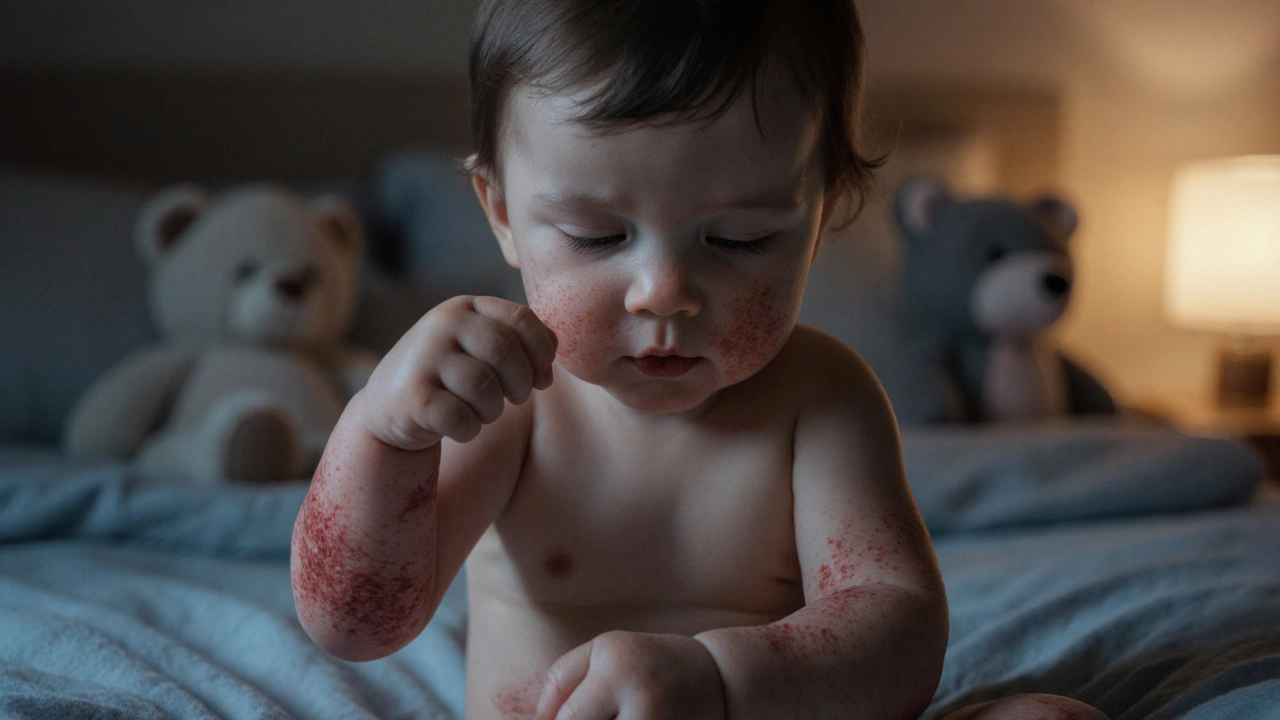
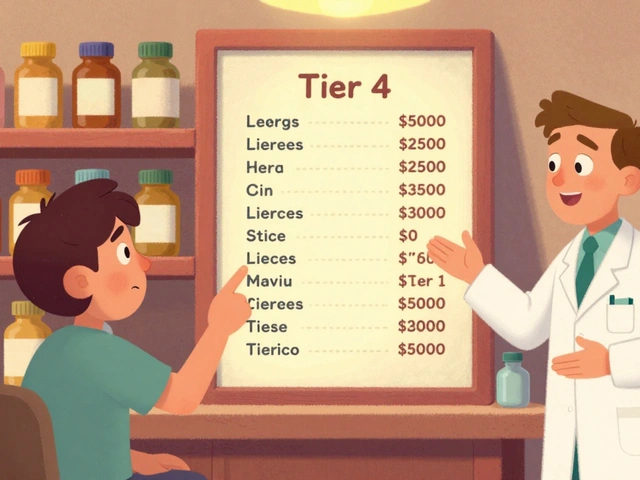
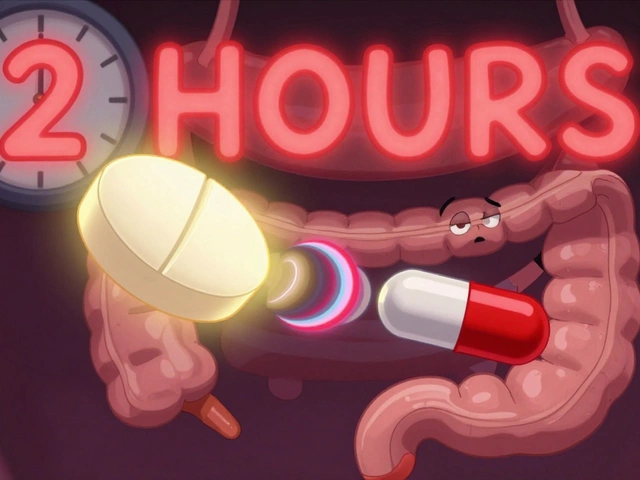
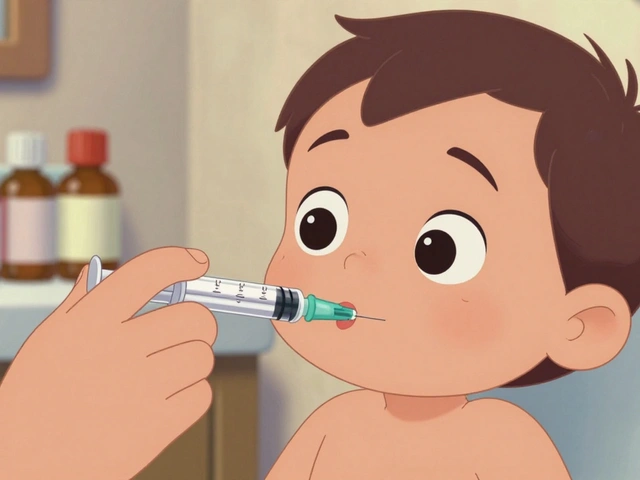
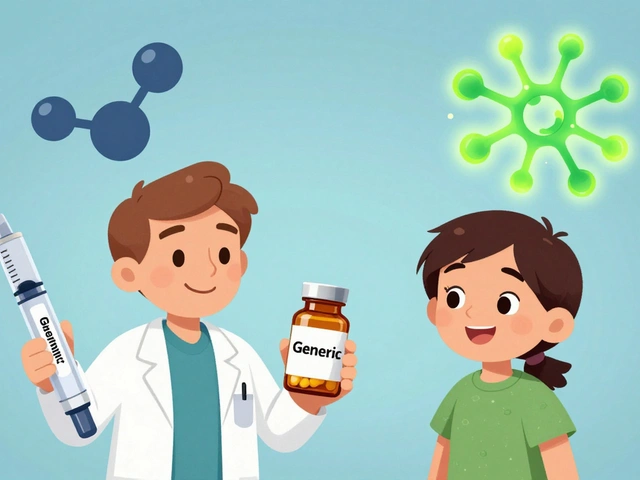

Moisturizing immediately after bathing is non-negotiable. I’ve seen families waste hundreds on fancy creams when plain petroleum jelly, applied within 180 seconds of towel-drying, does the job.
I can’t tell you how many nights I spent rocking my daughter because the itching kept her awake-until we switched to fragrance-free detergent and started using colloidal oatmeal baths. It wasn’t magic, but it was the first time she slept through the night in months. Thank you for writing this-so many of us feel alone in this.
Hey everyone-just wanted to say you’re doing amazing. Eczema is brutal, but you’re learning, adapting, and showing up for your kids every single day. That’s parenting at its finest. And if you’re using coconut oil? Keep going-it’s not a cure, but it’s gentle, natural, and honestly? It smells like vacation. 🌴
If you’re not using prescription-level tacrolimus by 6 months, you’re just delaying the inevitable. Over-the-counter hydrocortisone is for lazy parents who don’t want to see a specialist. And no, ‘natural remedies’ aren’t science-they’re Instagram trends. Your child’s skin isn’t a Pinterest board.
Oh my GOD, yes!!! I used to think my son’s eczema was just ‘dry skin’ until he started scratching till he bled-then I realized: this ain’t a phase, this is a full-on war zone. 🛡️ I started with cotton onesies, humidifier on 24/7, and now he’s barely scratching at night. I’m not a doctor, but I’m a mom who’s been in the trenches-and I’m here to say: YOU’RE NOT ALONE. Also, coconut oil? YES. But only if it’s cold-pressed. No additives. No perfumes. No lies.
i used to use cerave but it made his skin red so i switched to plain vaseline and omg it was a game changer. also dont use soap just water and pat dry. i still mess up sometimes but we’re getting better 😊
My niece had it bad-like, couldn’t sleep, couldn’t play-until we started using cotton gloves at night. Simple. Cheap. Genius. Also, no one talks about how much easier it is when you stop using scented lotions. Just… stop. Seriously.
STOP USING COCONUT OIL. It clogs pores and makes it WORSE. I’m a dermatologist’s assistant and I’ve seen 87 kids with worse rashes because of ‘natural’ nonsense. Use prescription cream or don’t bother. And no, your ‘all-natural’ soap isn’t helping. 😤
The notion that moisturizing alone can resolve atopic dermatitis is a dangerous oversimplification. Only biologics address the Th2 immune dysregulation at the core of the disease. Everything else is palliative. You’re not ‘managing’-you’re delaying inevitable progression.
YOU GOT THIS 💪 Seriously. I’ve been there. My son’s eczema was so bad we had to sleep in the same room just to stop him from scratching. Now? He’s 8, no flares in 11 months. We did the baths, the ointments, the cotton pajamas. It’s not easy-but it’s worth it. And if you need a cheerleader? I’m here. You’re not alone. 🌈
My kid’s eczema got way better after we stopped using wipes. Just water and a cloth. Also, no more laundry detergent with ‘fresh scent’-that stuff is poison. And yeah, moisturizing after baths? Non-negotiable. I used to forget. Now I do it like brushing teeth. Three times a day. No excuses. We’re not perfect, but we’re trying. And that’s enough.